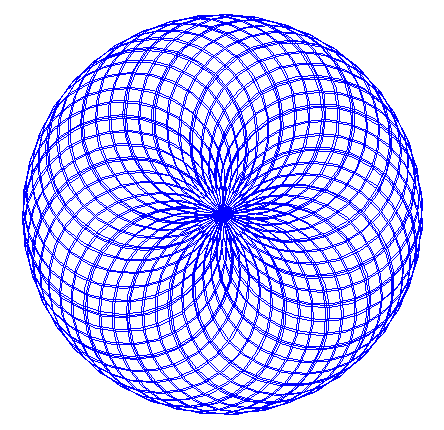Python lists can be extremely useful.
What is a list? A list holds elements together. Example:
g = ['hi', 'hello', 'how are you', 'good day', 'how are you doing']
The element “hi” is element 0. “hello” is number 1. So the first element we see is actually the 0th element in Python.
What you can do to a list:
(result is below)
g = ['hi', 'hello', 'how are you', 'good day', 'how are you doing']
print(g[0]) #print the first element in greetingshig = ['hi', 'hello', 'how are you', 'good evening', 'good afternoon']
g[1] = 'good morning' #switch element 1 (hello) with "good morning"
print(g)['hi', 'good morning', 'how are you', 'good evening', 'good afternoon']g = ['hi', 'good morning', 'how are you', 'good evening', 'good afternoon']
g.append('hey') #add something
print(g)['hi', 'good morning', 'how are you', 'good evening', 'good afternoon', 'hey']g = ['hi', 'good morning', 'how are you', 'good evening', 'good afternoon', 'hey']
g.remove('how are you') #remove something
print(g)['hi', 'good morning', 'good evening', 'good afternoon', 'hey']g = ['hi', 'good morning', 'how are you', 'good evening', 'good afternoon', 'hey']
g.sort() #sort in alphabetical order
print(g)['good afternoon', 'good evening', 'good morning', 'hey', 'hi', 'how are you']
Also:
s = [1, 2, 3, 4, 5]
a = sum(s)
print(a)15

